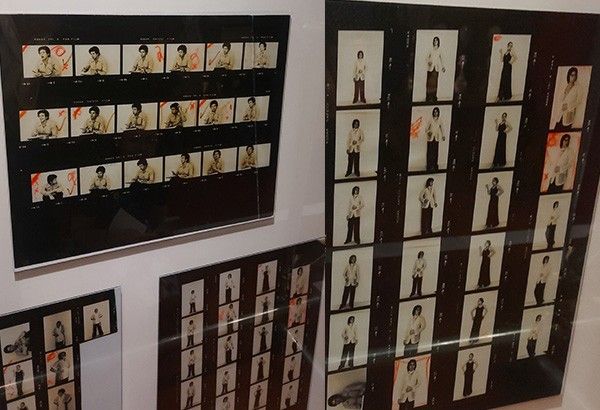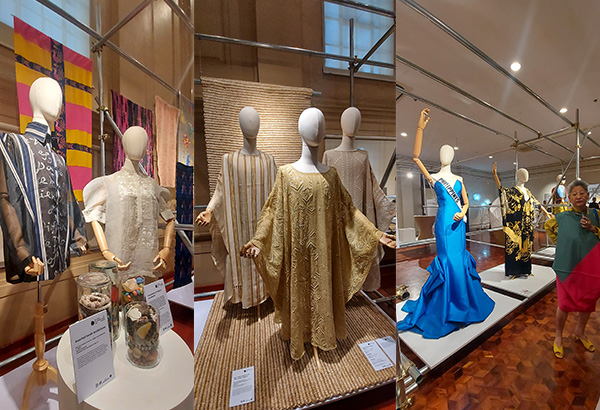Paris Fashion Week in Manila: Pierre Cardin, Jean Paul Gaultier were in Philippines, made Barongs

MANILA, Philippines — While Paris Fashion Week is in full swing in France, the Design Center of the Philippines recently opened “Art x Design: A Special Reception of the 50 Years of Philippine Design and Beyond” exhibition in National Museum of Fine Arts.
At the exhibit, it can be seen that way before Filipina actress Heart Evangelista slayed the runway of the latest Paris Fashion Week, French master fashion designers and Paris Fashion Week staples Pierre Cardin and Jean Paul Gaultier first visited the Philippines and made their own versions of the Filipino national costume Barong Tagalog.
“Globally-renowned French fashion designers Pierre Cardin and Jean Paul Gaultier went to the Philippines to hone their skills and even made their own versions of Barong Tagalog,” exhibit curator Marian Pastor Roces told the press in a private tour after touring President Ferdinand “Bongbong” Marcos Jr. and First Lady Liza Araneta-Marcos.
“Unfortunately, we cannot find anymore an example (of the Barongs they made). Walang nagtago eh. (Nobody kept them),” Roces fretted.
“Gaultier was in Manila and made Barong with a lapel,” she noted, pointing at the pictures of the Barongs the French designers made. “Manila was where people would hang out to learn from each other.”
The exhibit, on view for free until April, also includes renowned Filipino sculptor Ed Castrillo’s jewelry.
According to Roces, unknown to many, “Ed Castrillo also made jewelry, which were not miniature versions of his giant sculptures, but were really designed to be small according to his vocabulary.”

Among the exhibit’s highlights were Barge Ramos’ works, which the Design Center claimed to be the first silk-screen works on Barong rendered in the ‘80s, and also a Barong Tagalog for women.
“Before this, women were not really expected to wear a Barong,” Roces said.
Also in exhibit are fashion-designer-turned-friar Dom Gomez’s vestments designs, one with a Callado execution of a T’boli print. The vestments could pass from priestly to everyday caftan wear.
Another caftan on exhibit is the signature silhouette of Filipina New York-based designer Josie Natori.
Roces explained that those in exhibit are not necessarily the best Filipino designs, but these are representations of pivotal points in the timeline of Philippine design in the past 50 years to mark the Design Center’s 50th anniversary.
RELATED: Women’s Month: Women who shaped Philippine fashion in the last 50 years





















